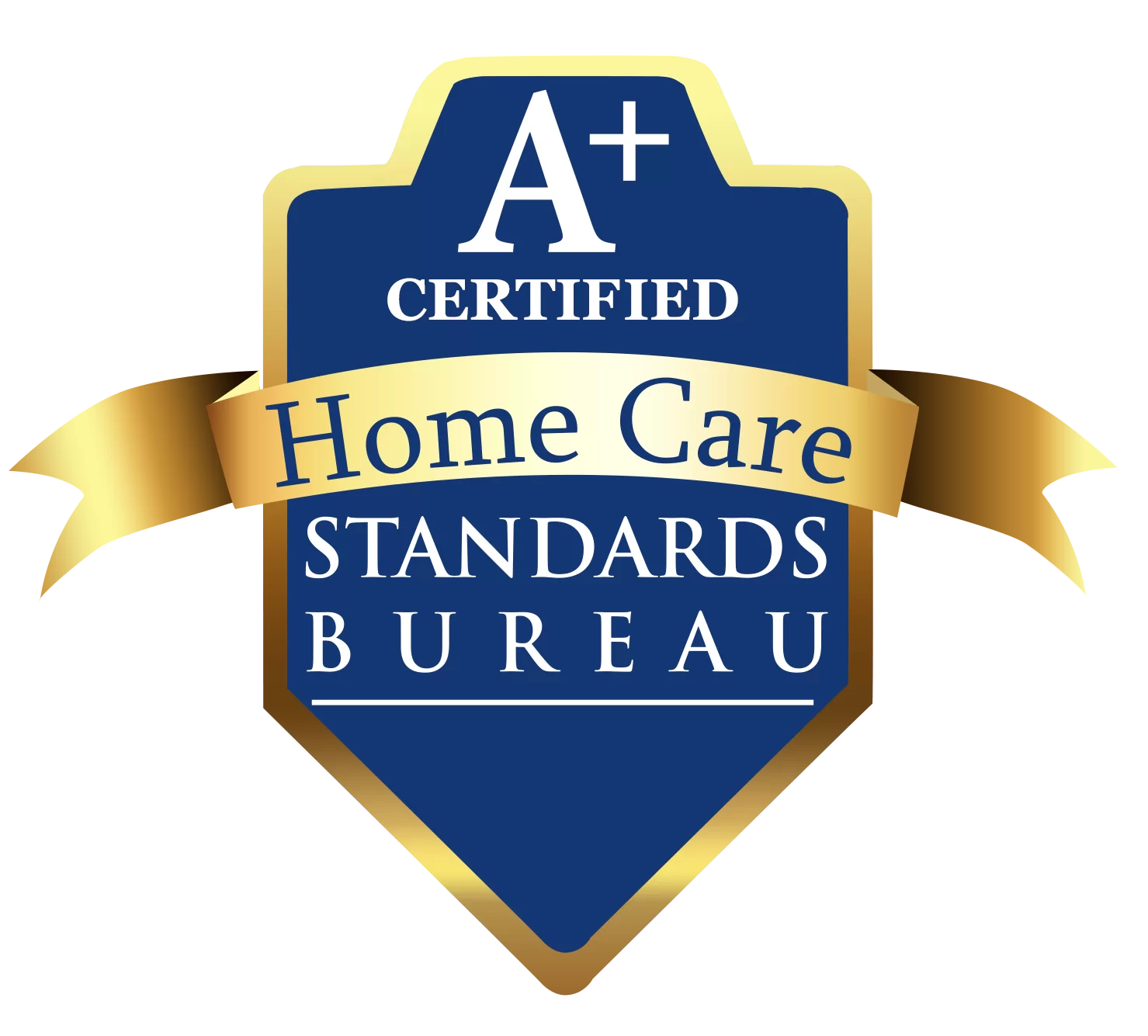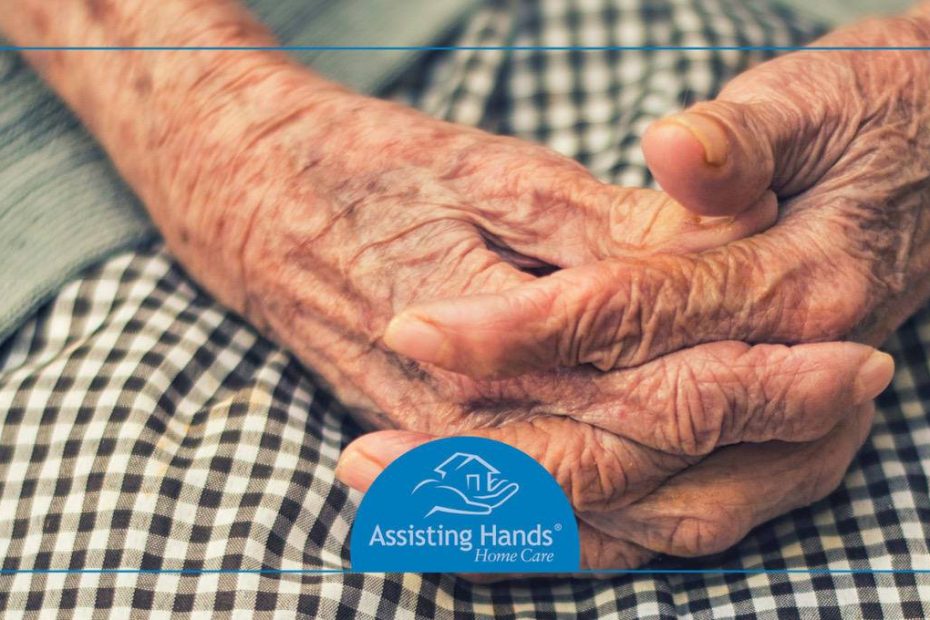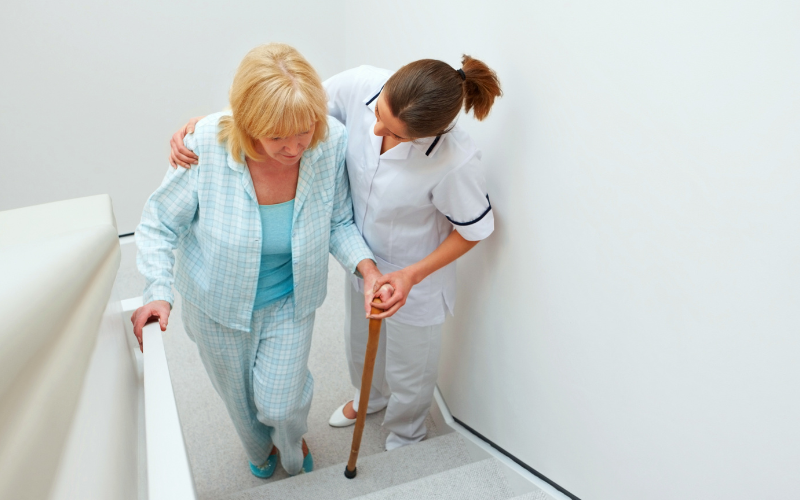The skin and blood vessels become increasingly fragile as people age. It is common for people 50 and over to experience bleeding under the skin as a result of minor traumas. Aging skin is one cause of bleeding under the skin. Here is an overview of the additional causes.
Discolored spots can appear on an older adult’s skin. Also known as blood spots, these red or purple discolorations may appear irregular in shape. Although bleeding occurs under the skin, whether because of bruising or blood spots, they are not due to any type of bleeding disorder.
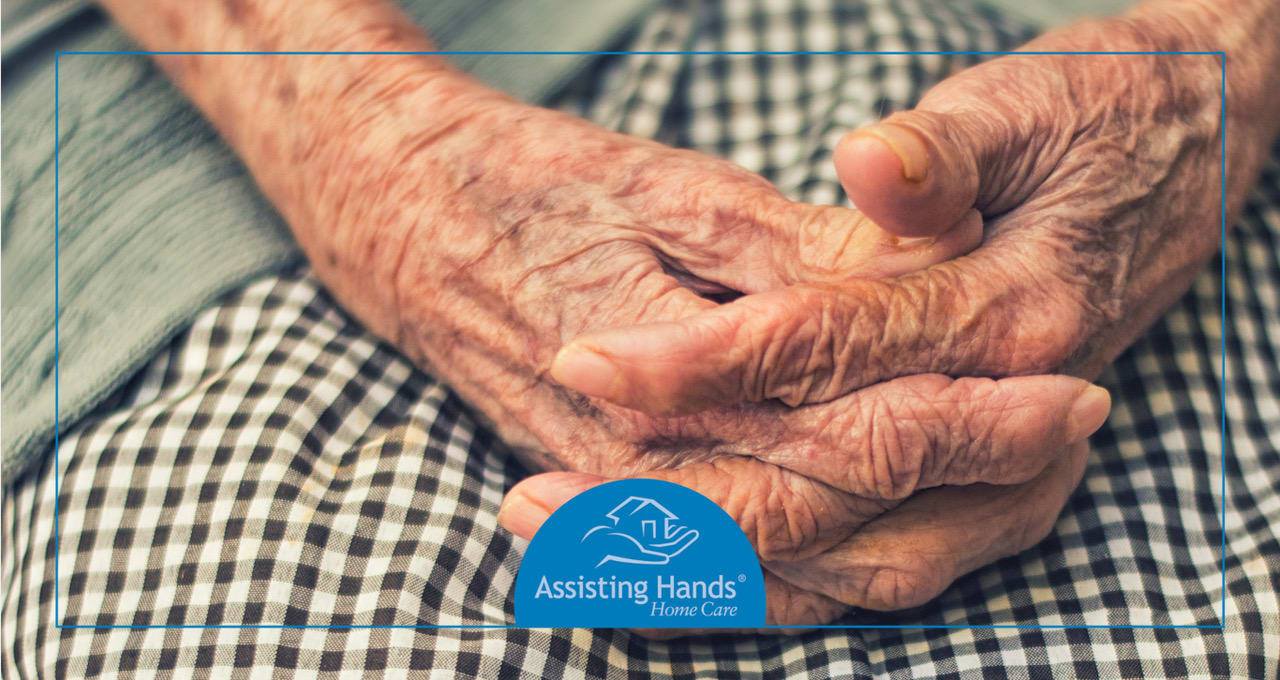
What does bleeding under the skin indicate?
The bleeding may, however, reveal an underlying condition. Certain vascular diseases can cause blood spots. Rheumatoid arthritis, lupus, and Sjogren’s syndrome are common causes. Cancers, like leukemia and lymphoma, can also be responsible for bleeding under the skin in the elderly.
When an older adult’s blood platelet count is low, a condition called thrombocytopenia develops. This deficiency in blood platelets can cause bleeding and bruising on the aging person’s dermis (which is the middle layer of skin that supports the epidermis).
Furthermore, bleeding under the skin can be indicative of a loss of collagen in the senior’s skin and bones. Similarly, blood clotting disorders, anticoagulant therapies, diabetes, systemic disease, and chronic stasis are conditions that cause an aging individual to develop blood spots.
Specific prescription medications are also associated with bleeding under the skin. The regular use of blood thinners or steroids, for instance, increases the senior’s chances of developing blood spots. Even non-steroidal inflammatory drugs (NSAIDs) are known to contribute to this condition.
The most prevalent cause of blood spots is age. Older skin is delicate and thinner. Blood vessels become fragile after exposure to the sun’s UV rays, which weakens the connective tissues that support them. Consequently, red blood cells leak into the deeper layers of the skin, even after a minor bump.
Is bleeding under the skin serious?
Bleeding under the skin is not a serious threat to the senior’s health unless it is caused by an underlying condition. Unexplained bruises, however, can be a sign of elder abuse—a serious offense; caregivers are advised to be vigilant for physical evidence of mistreatment.
Seniors whose bodies bleed easily are vulnerable to blood spots and experience them at a greater frequency. Usually, the most exposed areas of their skin are at risk: the arms, hands or top of the head. Once the blood spots appear, they reoccur for an extended period of time.
The colors do not significantly darken or lighten even as the spots progress. The spots remain visible for 1 to 3 weeks before beginning to fade. Even once the reddish or purplish spots heal, skin discoloration can persist for an indeterminate length of time.
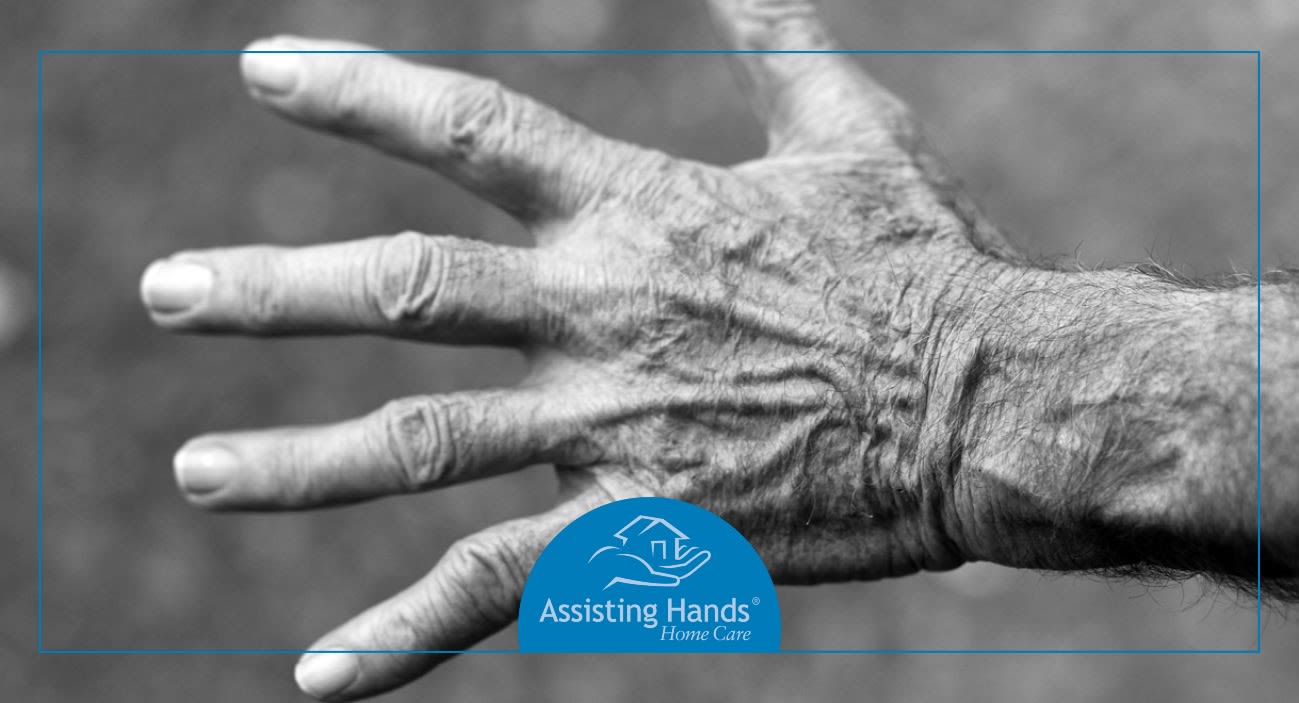
How is bleeding under the skin treated?
Aging bodies have the ability to heal. Blood spots fade away on their own without treatment. But when the senior’s skin is especially thin, the individual may be at risk for skin tears. When skin tears occur, they can cause a lesion where the bruise appears.
Skin tears are treated in the same way as ordinary cuts: the skin is cleaned and bandaged. Bleeding under the skin can be unsightly, and many seniors do not like how the spots appear on their bodies. In these instances, older individuals seek out treatment.
1. Topical Retinoids
A visit to the senior’s doctor can lead to a prescription for topical retinoids. Applying this medication thickens the skin, preventing it from aging further. While thicker skin reduces the likelihood of blood spots, the topical retinoids may come with side effects that outweigh the potential benefits.
2. Protective Clothing
Seniors can also prevent bleeding under the skin by protecting their most vulnerable body parts. Shin guards worn on the lower limbs, for instance, can reduce the chances of experiencing the minor traumas that are responsible for causing the blood spots.
3. Rest and Elevation
Rest is important to help the discolored area heal. Apply ice to reduce pain and wrap the bruised area with an elastic bandage to reduce swelling. Elevate the affected area above the heart, which limits swelling. Encourage blood flow to the bruise by gently rubbing it; stop if pain occurs.
4. Pain Medications
Pain medicines may be taken upon the advice of the senior’s doctor. If the physician does not prescribe medications, ask if over-the-counter drugs can be safely taken. Alternative medicines, like natural health products, can also be applied to the affected skin.
When bleeding under the skin occurs in seniors, it is important to address it. Professional caregivers from Assisting Hands Home Care are prepared to help your aging loved one rest, wear protective clothing, give medication reminders, and provide transportation to the doctor’s office.
Home care is designed to support seniors with their activities of daily living. The abovementioned services are only a handful of our comprehensive non-medical care services. We also assist care recipients with personal hygiene tasks, prepare meals, shop for fresh groceries, and serve as pleasant companions.
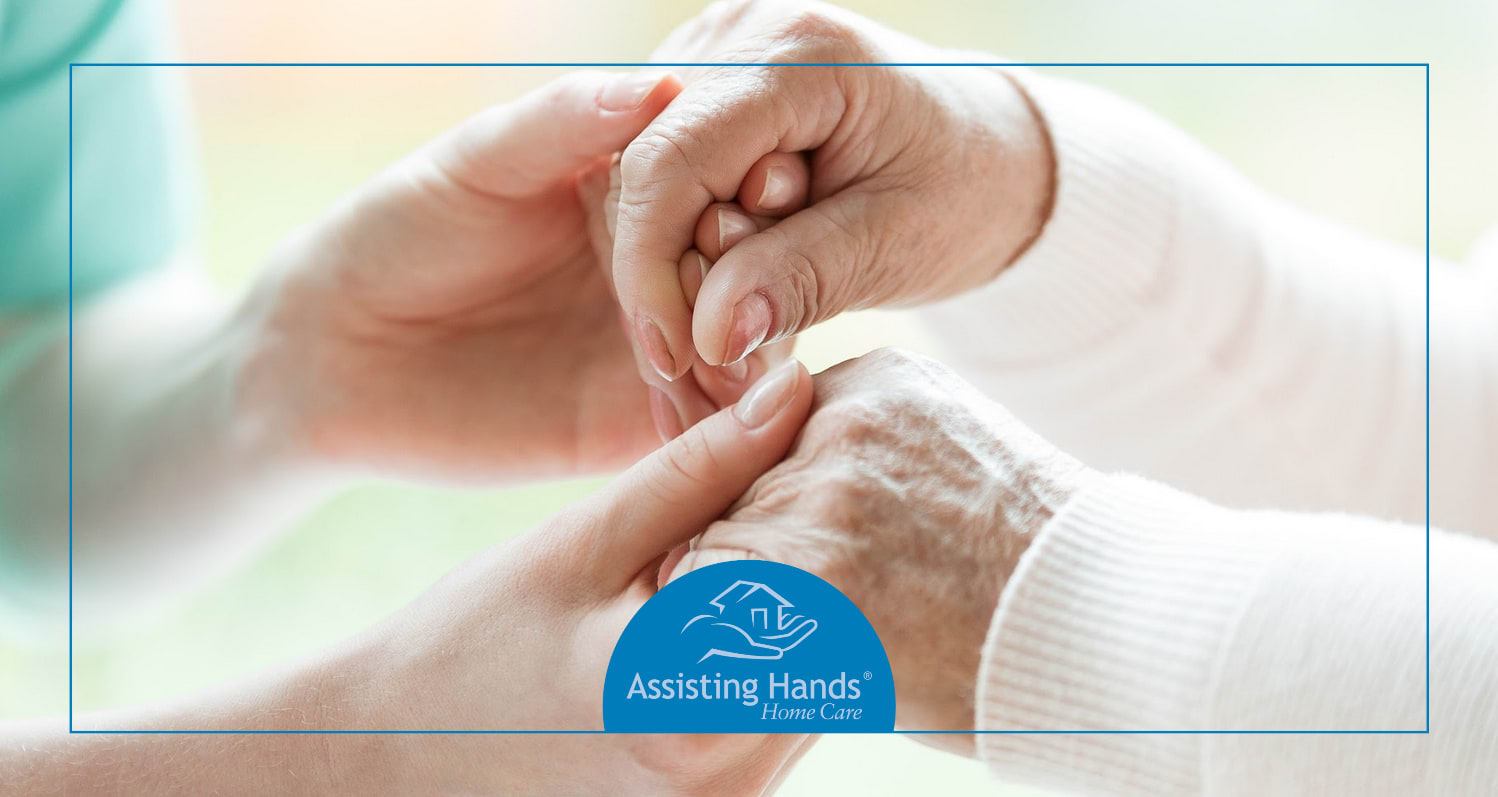
Care options from Assisting Hands Home Care are flexible and can be customized to meet the care needs of older adults. Our elder care services can be short-term, such as with respite care or post-surgical care, or ongoing, such as with live-in care, 24-hour care, or hospice care.
Our professional caregivers are licensed, bonded, and insured to give families and seniors maximum peace of mind. We are also trained in CPR and First Aid. Our experienced caregivers know how to respond to emergencies, increasing the safety and confidence of elderly care recipients.
When your aging loved one is ready for quality senior home care, Assisting Hands Home Care is the solution. Countless families with seniors living in Matteson, Illinois, can attest to our dependability and compassion. Call us today to schedule a free in-home consult and learn about our elder care options.





